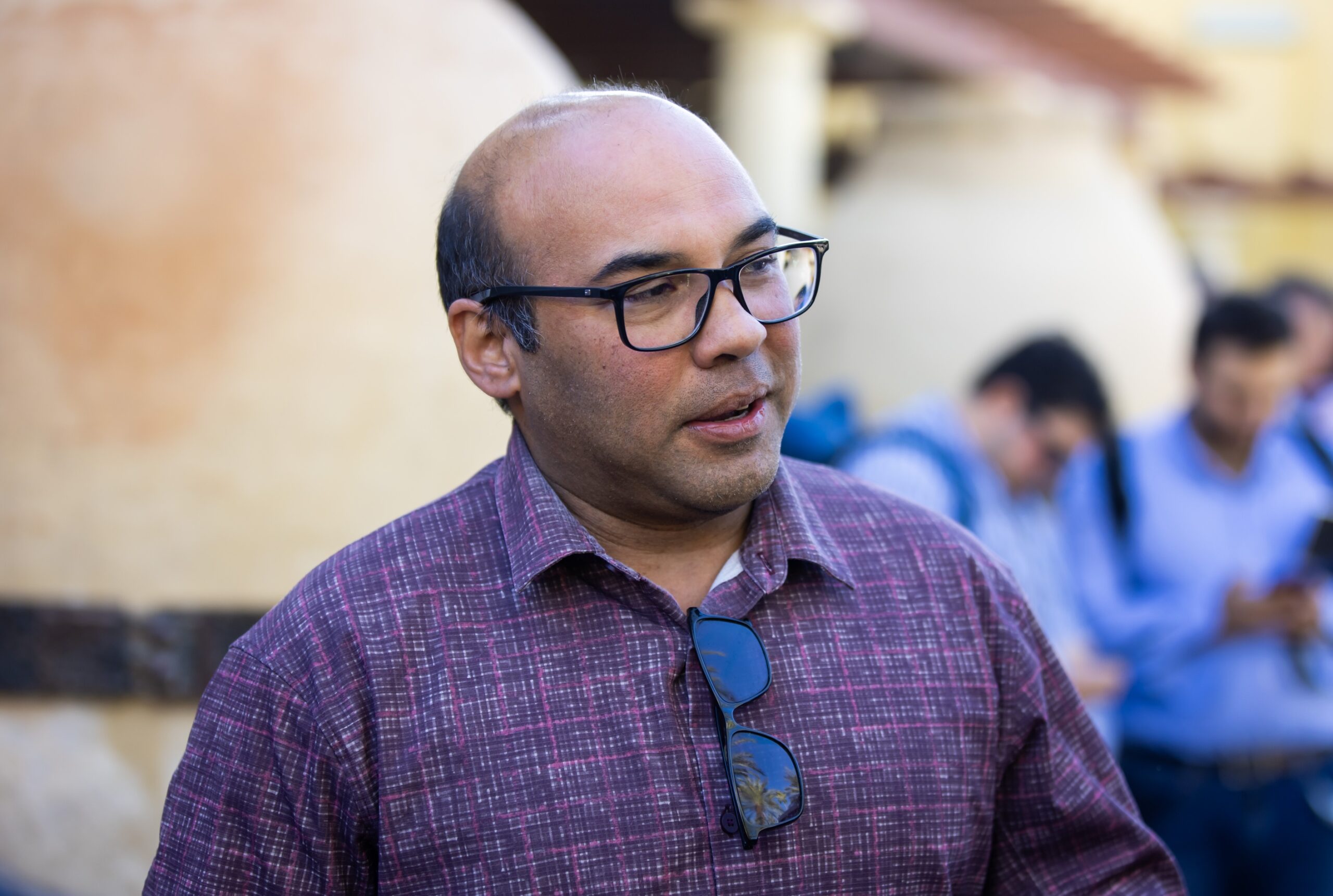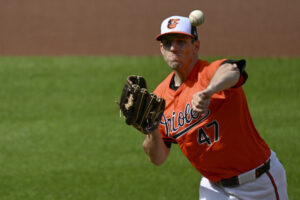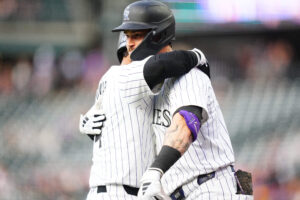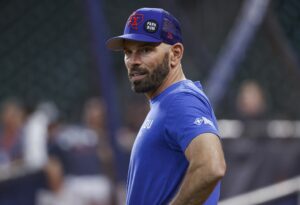The San Francisco Giants might be regretting for not going after one of the most coveted Japanese pitchers this offseason. It wasn’t Yoshinobu Yamamoto or Shohei Ohtani, despite the Giants heavily pursuing both free agents this winter. They lost in both sweepstakes after both players signed with the rival Los Angeles Dodgers. However, another Japanese star player was available that might leave the Giants front office saying “What if?”. San Francisco was one of seven teams, including the Boston Red Sox, Chicago Cubs, Baltimore Orioles, Houston Astros, Pittsburgh Pirates and Milwaukee Brewers who shown interest in free agent pitcher Shota Imanaga. The Athletic reported a recent story on the pitcher, sharing sources familiar with the contract negotiations.
President of baseball operations Farhan Zaidi explained why the club didn’t pursue Imanaga.
Farhan Zaidi On Why the Giants Didn’t Sign Shota Imanaga
The Giants showed some interest in Imanaga before he inked a four-year, $53 million contract with the Cubs. However, it doesn’t appear the Giants ever offered him a contract. The Athletic spoke with Zaidi, among other MLB executives, who explained why San Francisco had second thoughts about pursuing Imanaga after an internal evaluation.
“Our pitch-grade models really liked him,” Zaidi said. “They had plus grades on all three of his pitches- fastball, spit and breaking ball. But our scouting reports weren’t as strong, and it’s understandable because what makes his pitches so effective doesn’t jump out to the naked eye. When you layer in the competition gap in scouting international professionals, it’s always easier to bank on louder tools than subtler skills like having pitches with unique movement patterns.
That availability of pitch data from the Pacific Rim has theoretically made these valuations more sound, but there’s still a leap to take when you can’t hang your hat on high-end velocity. I imagine there are scouts around the game that did him as a high-end starter in the big leagues, but I suspect that the teams that were highest on him put the greatest stock in their pitch-model evaluations.”
Among scouts, there was some concern that Imanaga might not be able to consistently locate his four-seam fastball at the top of zone. He wasn’t accustomed to it because the high strike isn’t called as often as it does in Japan. If it’s not located well, the pitch will be hit hard. Scouts even flagged his workload capacity as a possible issue to, considering his 5’10” frame and career-high of 170 innings.
Imanaga is One of the Best Pitchers in Baseball
After a historically strong first nine major league starts, Imanaga has been tagged for 12 runs (eight earned) over 8 2/3 innings in his last two appearances. He’s now at a 1.88 ERA, 1.043 WHIP and 65:10 K:BB over 62 1/3 innings. His control remains sharp, so it’s likely this poor stretch is just a big regression he’ll have to work through. Imanaga has established himself as a dynamic presence who pitches with passion and style. He spent most of the first two months as the best-starting pitcher in baseball by ERA. He’s keeping himself in that conversation with June underway. He allowed no runs or one run in seven of his ten starts through May. His 59 strikeouts were more than his 58 innings pitched.
Main Photo: © Mark J. Rebilas-USA TODAY Sports






